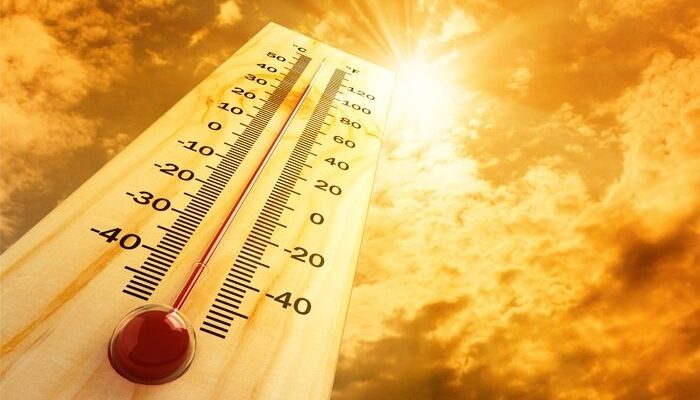Heatstroke is a severe and potentially life-threatening condition that occurs when the body overheats and is unable to regulate its temperature effectively. It is often caused by prolonged exposure to high temperatures, particularly during physical activity. Below are the symptoms and warning signs of heatstroke:
- High Body Temperature. A core body temperature of 40°C (104°F) or higher is a hallmark symptom of heatstroke. Prolonged high temperatures can lead to organ failure and other severe complications.
- Behavioral Changes. Individuals may exhibit unusual behavior such as anxiety, irritability, confusion, difficulty speaking, or delirium. These signs indicate the brain is being affected by the heat.
- Abnormal Sweating. Heatstroke can cause excessive sweating or, conversely, an unusual lack of sweat despite the heat. This depends on the type of heatstroke (exertional or non-exertional).
- Nausea and Vomiting. Overheating can lead to nausea and vomiting as the body struggles to cope with the rising temperature.
- Red, Flushed Skin. The skin may appear unusually red due to increased blood flow in response to overheating.
- Rapid Breathing and Shortness of Breath. Breathing often becomes faster as the body attempts to cool down. This may also contribute to feelings of breathlessness.
- Fast Heartbeat. A rapid pulse or heartbeat, along with elevated blood pressure, is common during heatstroke as the heart works harder to circulate blood and dissipate heat.
- Headache. The brain is highly sensitive to temperature changes, so a severe headache is often one of the first signs of heatstroke.
- Muscle Weakness. Heat can impair muscle function, leading to feelings of fatigue, cramps, or generalized muscle weakness.
- Fainting or Loss of Consciousness. Severe cases of heatstroke may cause individuals to faint or lose consciousness, which is a critical warning sign requiring immediate intervention.
When Should You Seek Medical Attention?
Heatstroke is a medical emergency that requires immediate attention. If you or someone else exhibits symptoms of heatstroke, take the following steps:
- Seek Emergency Care. Call emergency services immediately, as untreated heatstroke can lead to permanent organ damage or death.
- Cool the Body. While waiting for medical assistance, move the person to a cooler environment, remove excess clothing, and use cold compresses or immerse the body in cool water.
- Monitor Vital Signs. Ensure the person is breathing adequately and has a pulse. If they lose consciousness, place them in a recovery position to keep their airway open.
Heatstroke can escalate quickly, so timely recognition and treatment are crucial. Preventive measures, such as staying hydrated, avoiding excessive heat exposure, and wearing lightweight clothing, can help reduce the risk of heatstroke.


